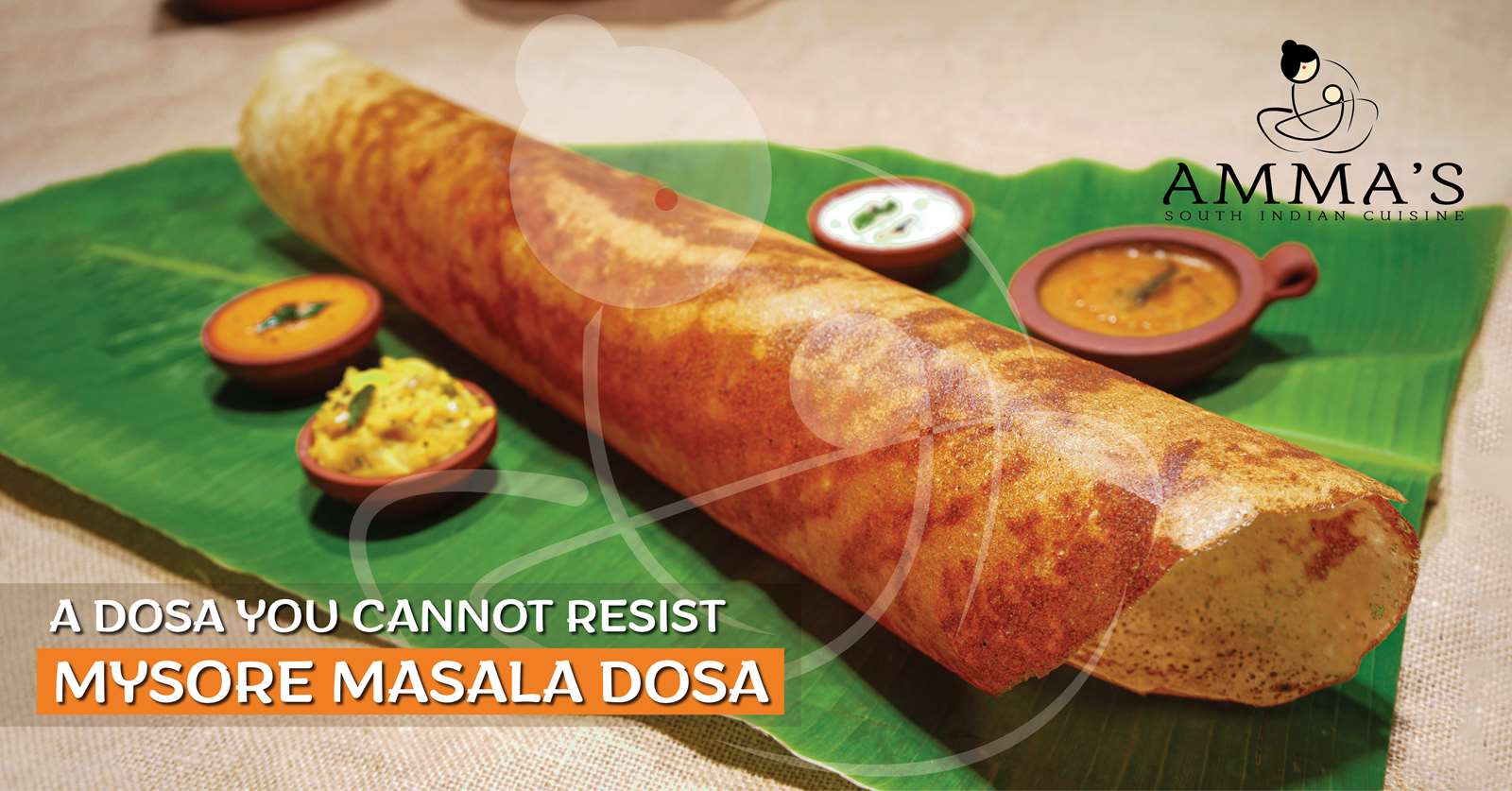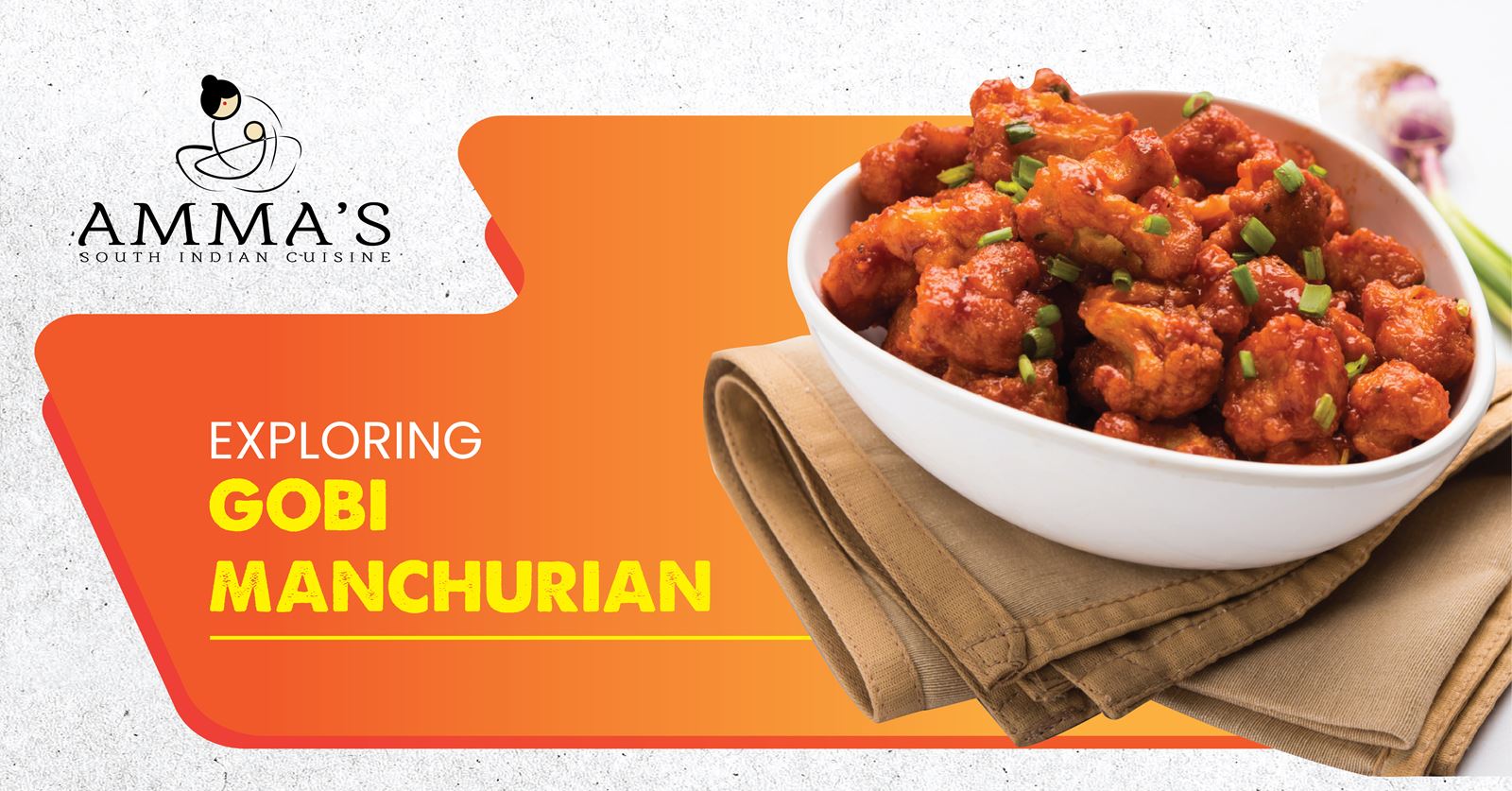
Richness of rice of South Indian Cuisine
South Indian cuisine is incredibly diversified and well-known for its tasty, light, and low-calorie meals. It is regarded as being extremely nutritious and is a wonderful fusion of flavor, color, and taste. Andhra Pradesh, Karnataka, Kerala, and Tamil Nadu are the four primary states represented in South Indian cuisine. The meals from all of these locations share a basic element, but they vary in terms of preparation and spice intensity. Many dishes, including dosas, vadas, and uttampams, are produced by combining rice and lentils in traditional South Indian cuisine.
The six flavors of Tamilian cuisine are sweet, sour, salty, bitter, pungent, and astringent. Each big meal should contain all six of these flavors, according to traditional Tamil cuisine. Each flavor has a balancing effect, so having a bit of each ensures that you get a balanced diet, reduces cravings, and regulates your appetite and digestion.
Although practically all south Indian meals undoubtedly start with rice, the food brims with spicy aromas. In addition to the well-known Hyderabad Biryani, they also have Pulihaara (tamarind rice), Pesarattu (rice batter pancakes), and Bisi Bele Bhaat (rice cooked with spices and vegetables), With distinct names in each of India’s 29 official languages, rice is the most significant staple food in practically all of the country’s incredibly diversified culinary traditions. Ancient Indian literature frequently reference rice, notably the Yajur Veda, which was composed around 1800 BC. Rice is also closely linked to fertility and health in India’s diverse cultural traditions.
Rice is the primary source of food for 50% of the Indian population. In fact, there are 6,000 different types of rice grown in the nation, ranging from aromatic and fragrant long-grain basmati varieties that grow in the country’s north to roundish medium-grain, glutinous rice that is popular in the South’s coastal regions. Other varieties exist, such as “red rice,” which is a coarse-husked variant with a reddish-brown exterior hue and is especially well-liked in Kerala in the southern part of India. India is a major exporter of parboiled rice, which is rice that has undergone a different processing method after harvest.
Basmati has a distinctively warm, nutty flavor on the mouth. By giving a warm base flavor on the palate, well-steamed basmati rice, when paired with flavorful gravies or meat, helps to complement and enhance the flavor of the dish. Finally, basmati grains are extra-long and non-sticky to the eye. Basmati grains smoothly separate from one another after cooking. This distinguishes a dish made with basmati rice from those made with other types of rice.
When used as plain rice to accompany dishes with gravy, Indian rice is most frequently steam cooked. However, it is typically dry-roasted with spices, additional seasonings, and butter when it is served as pulao before being slowly boiled with water. Additionally, a variety of desserts use rice, which is prepared totally in thickened milk in these cases. Alternatively, it can be made into pancakes and savory rice cakes, in which case it is blended with lentils, allowed to ferment, and then grilled. Rice is even cooked over flames in bamboo tubes in north-eastern India.
To have a hearty meal of rice with rich accompaniments, visit the nearest Amma’s South Indian Restaurant. You will be amazed at the varieties of dishes made from rice available here!




